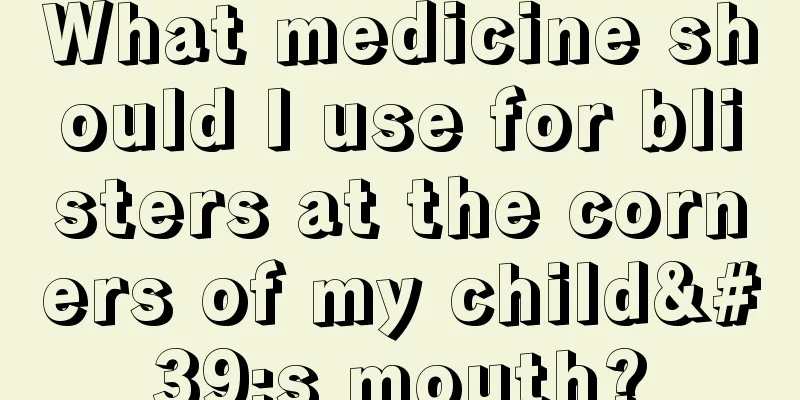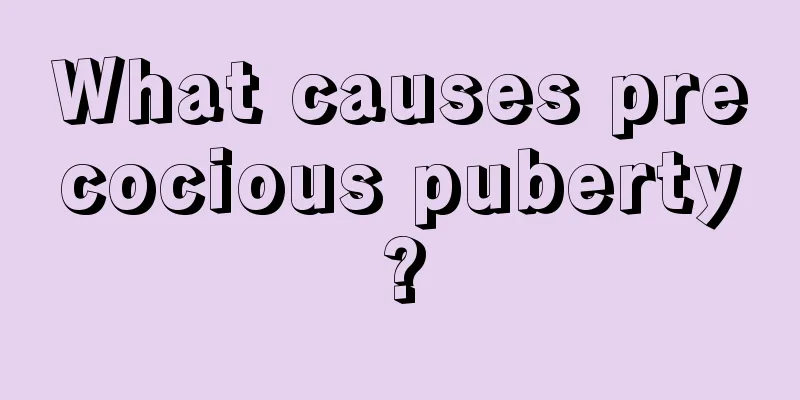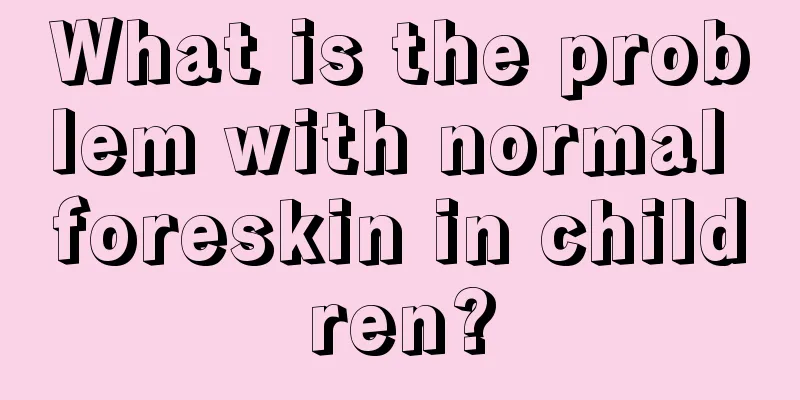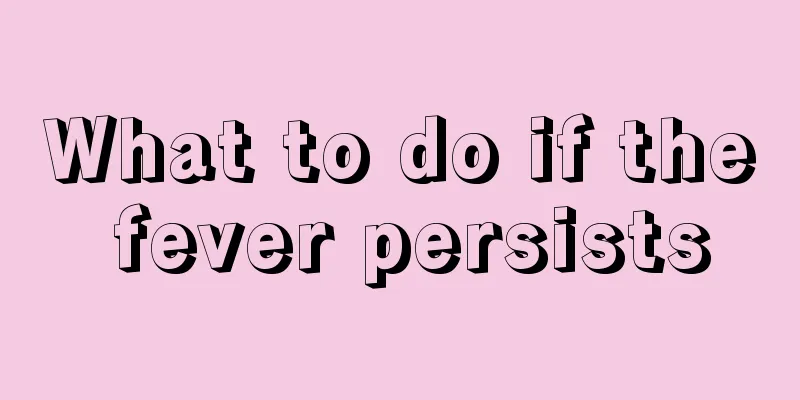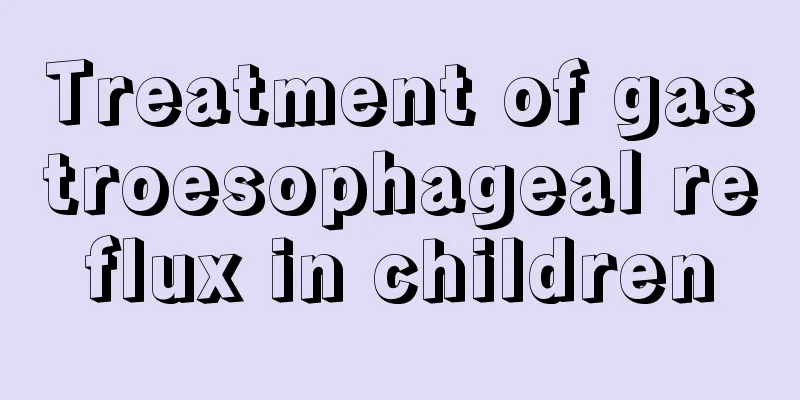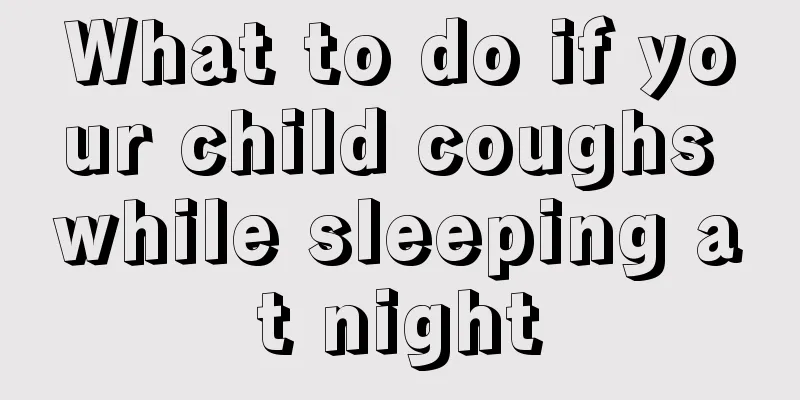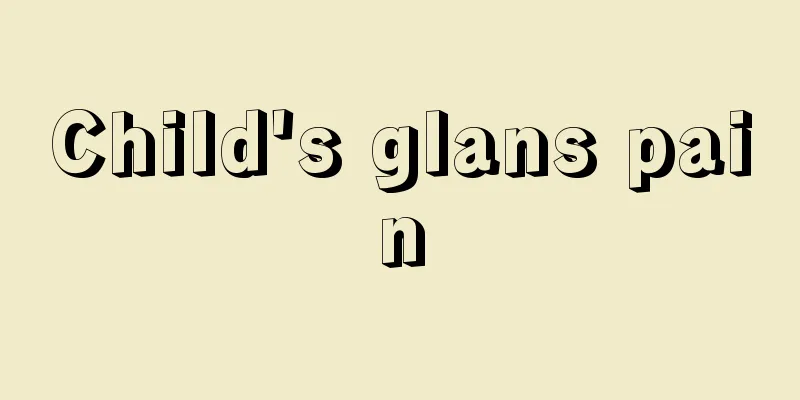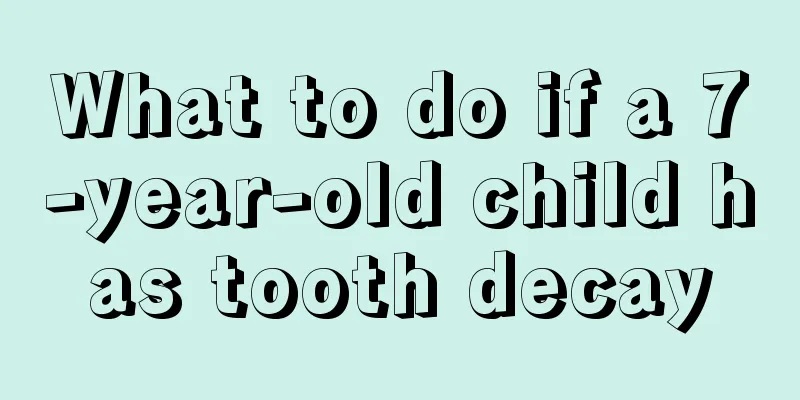What is the cause of itchy red spots on the palms of children's hands?
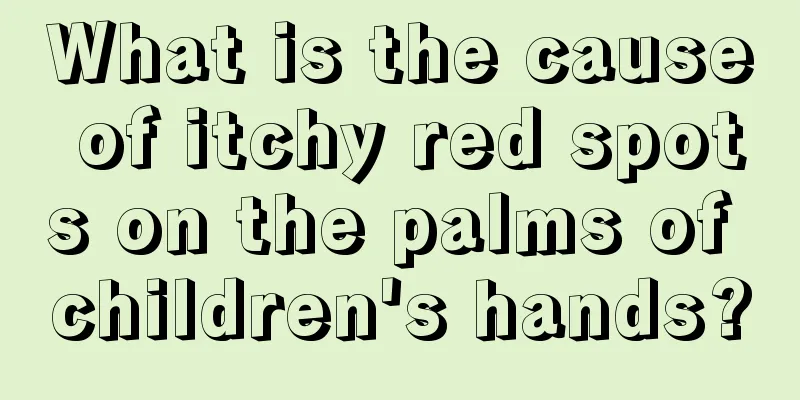
|
Children have relatively low physical resistance as they grow up, and are prone to some physical illnesses. Red spots and itching on the palms of children's hands may be viral rashes, which are caused by infection with viruses and bacteria. A detailed examination can be carried out, and parents should also pay more attention to their children's conditions and eat more light foods to enhance their children's immunity. The reason why children have red spots on the palms of their hands This could be a viral infection such as herpes, but be careful to rule out hand, foot and mouth disease. Hand, foot and mouth disease symptoms 1. General symptoms (1) Acute onset, with an incubation period of 3-5 days, and prodromal symptoms such as low-grade fever, general malaise, and abdominal pain. Scattered painful, millet- to mung-bean-sized blisters appear on the oral mucosa, and maculopapules and herpes appear on the hands and feet. Initially, they are maculopapules, which later turn into herpes. They are round or oval, about 3-7 mm in size, like the size of a grain of rice, smaller than the chickenpox rash, harder in texture, with a red halo around it, and less fluid in the blisters. Dot-like or flaky erosions can be seen under the grayish-white membrane. After the rash subsides, no scars or pigmentation are left. If there is a secondary infection, the skin damage will often be aggravated. (2) In addition to the hands, feet and mouth, herpes can also be seen on the buttocks and near the anus, and occasionally on the trunk and limbs. They dry up and disappear after a few days. The rash is not itchy and painful. (3) Some children may develop generalized papules and blisters, accompanied by aseptic meningitis, encephalitis, myocarditis, etc. It may be accompanied by symptoms such as cough, runny nose, loss of appetite, nausea, vomiting, and headache. (4) Some cases only present with rash or herpetic pharyngitis. The whole course of the disease is about 5-10 days. Most cases can heal themselves with a good prognosis and no sequelae. 2. Symptoms of severe cases In a few cases (especially those under 3 years old), encephalitis, encephalomyelitis, meningitis, pulmonary edema, circulatory failure, etc. may occur. (1) Respiratory system manifestations include: shallow and difficult breathing, changes in respiratory rhythm, cyanosis of the lips, white, pink or bloody foamy fluid (sputum) in the mouth, and sputum sounds or moist rales in the lungs. (2) Neurological manifestations include poor spirits, drowsiness, headache, vomiting, easy fright, limb tremors, weakness or paralysis; physical examination may reveal meningeal irritation and weakened or absent tendon reflexes; critical cases may manifest as frequent convulsions, coma, cerebral edema, and brain herniation. (3) Circulatory system symptoms include: pale complexion, increased or decreased heart rate, shallow, rapid, weakened or even absent pulse, cold limbs, cyanosis of fingers and toes, and increased or decreased blood pressure. |
<<: How should the hunger therapy be implemented during the milk aversion period?
>>: What are the causes of burning palms in children?
Recommend
What are the common sense of children's health care
Health preservation is very common nowadays. Ther...
How to deal with vomiting and fever in children
The phenomenon of children vomiting and having a ...
What are the skin diseases of children?
As the weather gets hotter, babies have various s...
How to use medicine for children’s vulvar itching?
When we were young, few parents could truly care ...
Is it OK for children to have a midnight snack?
Children are often hungry easily, so most childre...
Methods to improve baby's cold, cough and phlegm
Cold and cough are very common. Cold can easily c...
Allergic cough in children
When children have allergic coughs, many parents ...
Why is there blue around baby's lips?
Is the blue area around the baby's lips due t...
What should I do if my child has a fever and feels cold?
Children will always have fever during their grow...
Causes of cerebral palsy in children
Cerebral palsy is a very common disease. This typ...
How to stimulate children’s appetite?
Nowadays, most families have only one child, and ...
What are the anti-inflammatory drugs for children?
In the process of growing up, children will inevi...
When should newborns take vitamin D?
It is very important to supplement nutrients and ...
What is the reason for a child's yellow tongue?
In the field of traditional Chinese medicine, dis...
What to do if your child bites his nails
Nowadays, many children like to bite their nails,...
